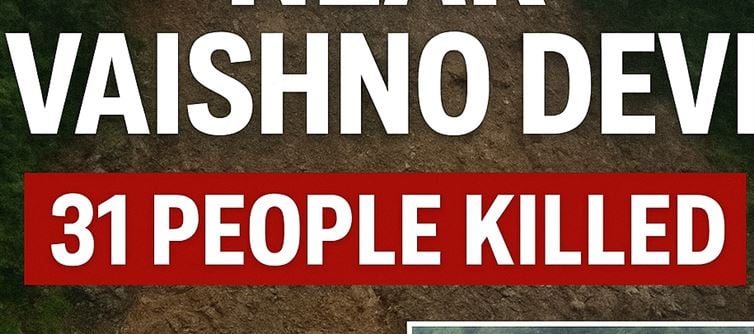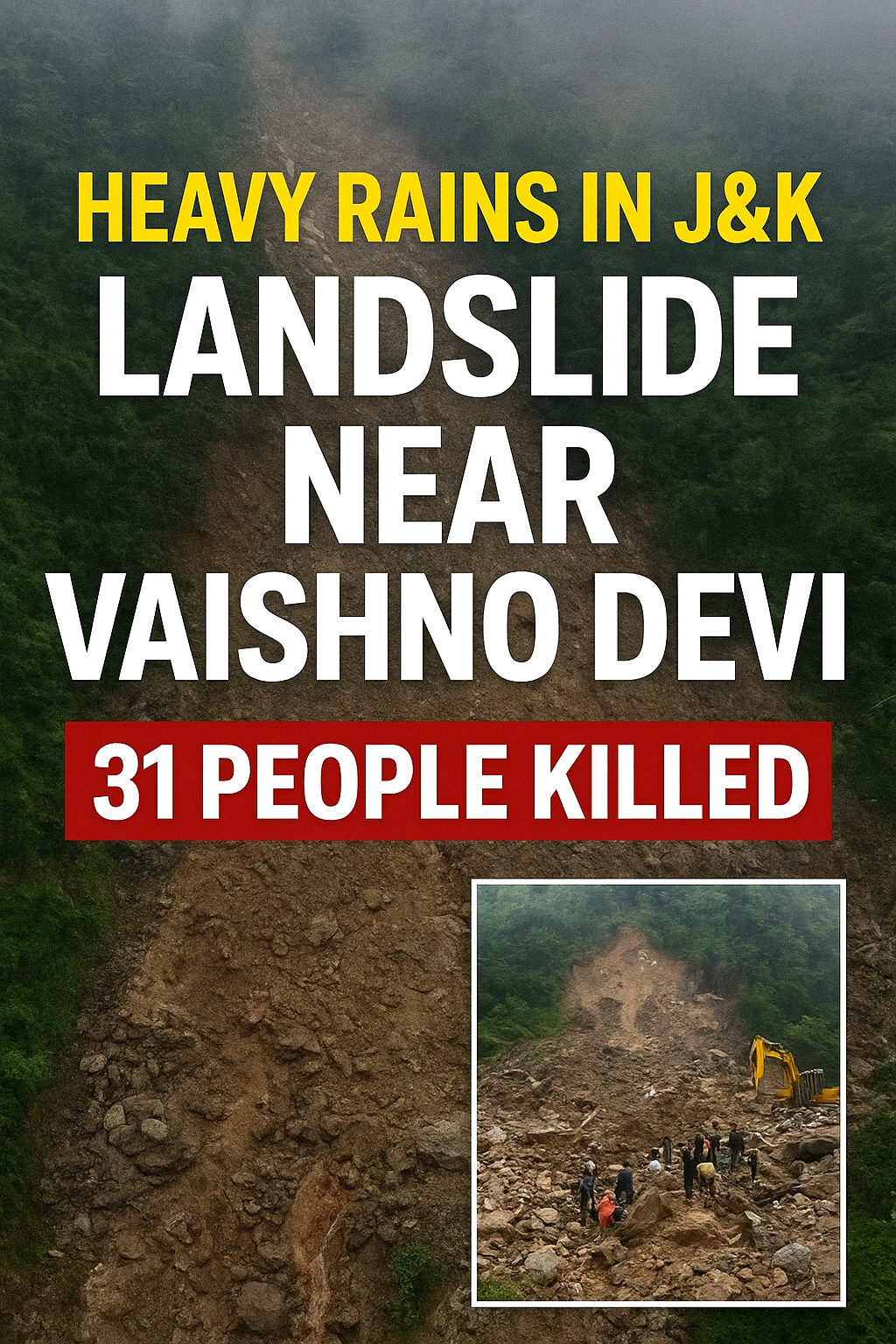
The vaishno devi route draws thousands of devotees daily. Critics question whether authorities prioritized maintaining access and religious fervor over updating shuttered pathways or introducing more rigorous weather-linked shutdown protocols. The suspension came only after tragedy struck.
 Infrastructure Deficits vs Natural Disaster:
Infrastructure Deficits vs Natural Disaster:While natural forces are to blame, the landslide’s severity exposes long-standing gaps in disaster management: emergency communication failures, delayed evacuation, and vulnerability of vital routes in hilly terrains.
Chief minister Omar Abdullah painted a dire scene: massive telecom and internet outages making rescue coordination and personal communications virtually impossible. “No fixed-line WiFi, apps struggle even for basic texts,” he said—a systemic deficit during a critical disaster.
With over 3,500 people evacuated, and emergency forces like the SDRF, NDRF, Army, and CRPF deployed swiftly, the question remains—were such resources adequate or reactive? Should there have been predictive mobilization given the preceding cloudburst incidents in Kishtwar weeks ago?
The tragedy forces reflection on decision-making: when does religious commitment override precaution? With a crushing monsoon forecast, should authorities have preemptively suspended yatra routes? If faith is to endure, must safety be redefined? This tragedy isn't just a natural disaster—it's a reckoning of how devotion, preparedness, infrastructure, and crisis response intersect. It underscores the urgent need to reassess safety norms along sacred routes and enforce preemptive measures before faith leads the way into danger.




 click and follow Indiaherald WhatsApp channel
click and follow Indiaherald WhatsApp channel